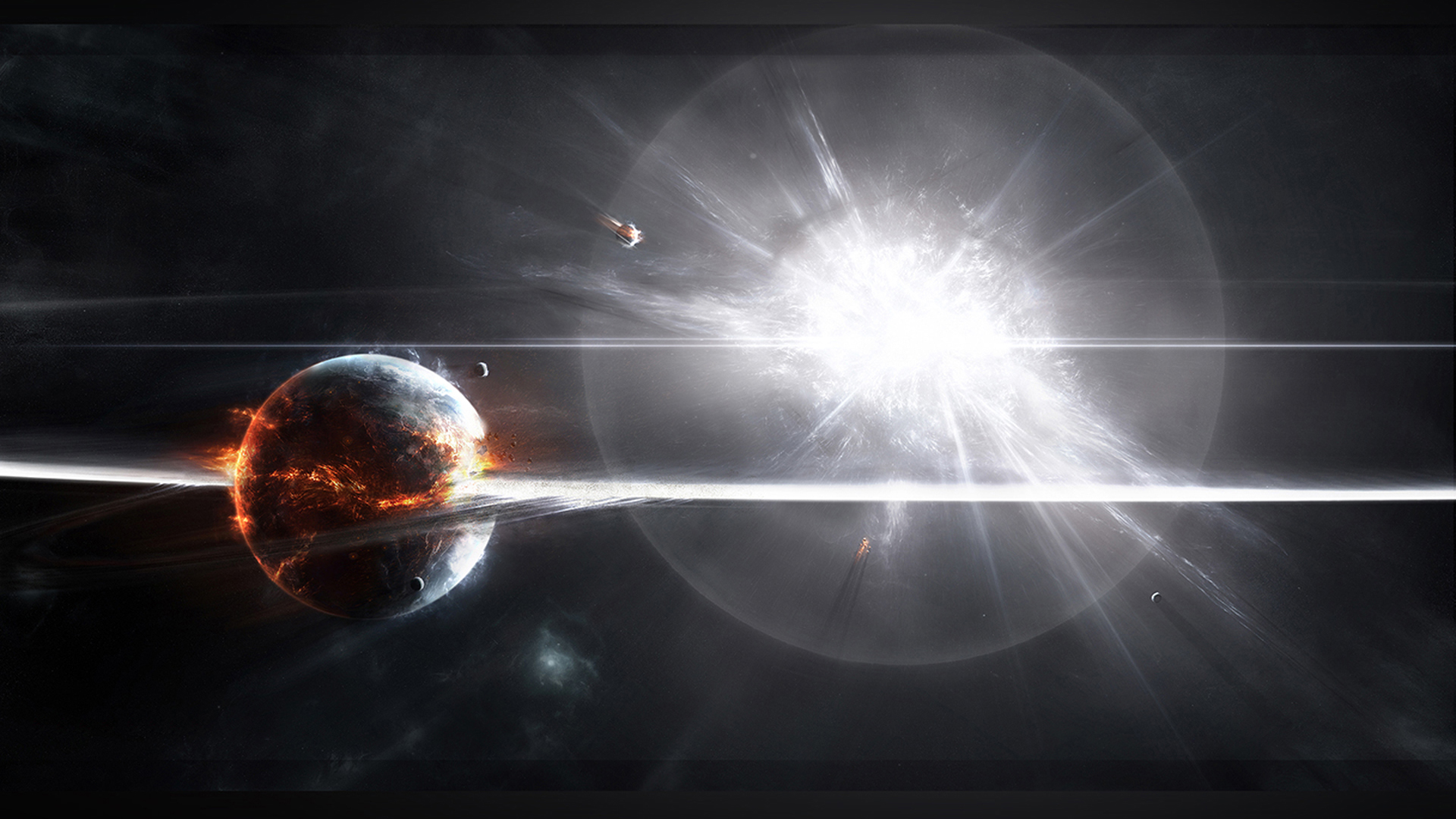I always like to bring up the crazy ways in which two areas of science that seem completely disconnected can relate to each other, occasionally giving incredible insights.
By looking at the ocean floor, a world human beings can’t reach without special pressurized equipment, we are learning about space, a world human beings can’t reach without special pressurized equipment.
So how is the ocean teaching us about space?

Physicists at the Australian National University have been studying seafloor dust that has been raining down on Earth as micrometeorites over the past 25 Million years. The dust is thought to originate from ancient supernova explosions, and by studying the heavy elements present, we are gaining new insight into which elements are being formed by supernovae.

“Small amounts of debris from these distant explosions fall on the earth as it travels through the galaxy,” said lead researcher Dr Anton Wallner, from the Research School of Physics and Engineering.
The current theory of supernovae is that they produce elements essential for life on Earth, such as Potassium and Iodine, as well as other heavy elements, such as Gold, Silver, Lead, and Plutonium. Without ancient supernova explosions, life on Earth could never have developed.
The research team studied Plutonium 244 in the first ten cm of ocean floor crust, corresponding to a 25 Million year period of dust deposits. Plutonium 244 is used as a radioactive clock since it undergoes radioactive decay with a half life of 81 Million years. “Any plutonium-244 that existed when the earth formed from intergalactic gas and dust over four billion years ago has long since decayed,” Dr Wallner said. “So any plutonium-244 that we find on earth must have been created in explosive events that have occurred more recently, in the last few hundred million years.”
The surprising result is that the research team found 100 times less Plutonium 244 than they were expecting, based on the number of supernovae and the time-scale required for their dust to reach Earth. According to Dr. Wallner “It seems that these heaviest elements may not be formed in standard supernovae after all. It may require rarer and more explosive events such as the merging of two neutron stars to make them.”
This conclusion raises questions about where the heavier radioactive elements are produced. Maybe they aren’t produced in all supernovae, as was originally thought. Perhaps only certain types of supernova explosions are energetic enough to produce the heaviest elements in the Universe. Or maybe, supernovae don’t produce these elements at all, and we need mergers of neutron stars or black holes to synthesize them.
It’s a reminder that just because two fields of science seem disconnected, it doesn’t mean that they are not related in some fantastic way. Maybe we just haven’t found the connection yet. It truly points to the interconnected nature of all things in the Universe.
